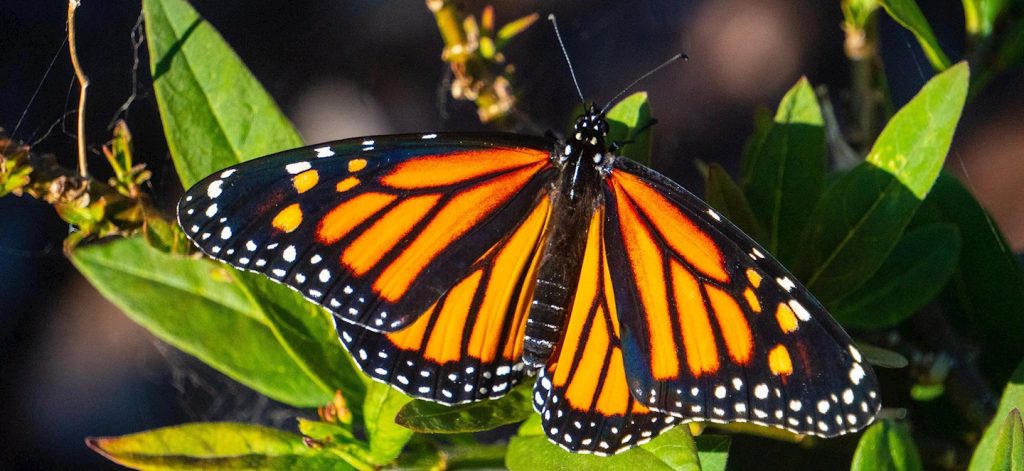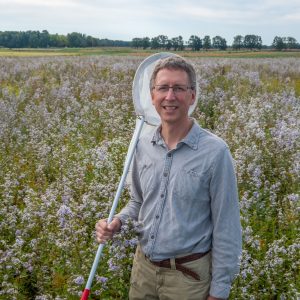Insecticide use is the single largest factor contributing to a decline in total butterfly abundance and species diversity in the Midwest, according to a newly released study published by the journal PLOS ONE. The author team was led by researchers from Michigan State University’s College of Agriculture and Natural Resources and College of Natural Science.

This study builds upon research performed by Braeden Van Deynze of the Washington State Department of Fish & Wildlife, who earned his Ph.D. from MSU in 2019, and Scott Swinton, a University Distinguished Professor in MSU’s Department of Agricultural, Food and Resource Economics. Co-authors include Nick Haddad, W.K. Kellogg Biological Station ecologist and author of the book The Last Butterflies; economist David A. Hennessy with Iowa State University; and entomologist Leslie Ries with Georgetown University.
The largest of several contributing factors
While habitat loss, climate change and pesticides have all been implicated as potential causes for the declining insect abundances being observed globally, this work was the first comprehensive long-term study to evaluate their relative effects.

Using 17 years of survey data related to land use, climate, multiple classes of pesticides, and butterfly surveys across 81 counties in five states, they found that shifts in insecticide use towards neonicotinoid-treated seeds are associated with an 8 percent decline in butterfly species diversity across the American Midwest.
These findings include the decline of the migratory monarch butterfly, which has been a prominent concern. Specifically, it is noted that insecticides rather than herbicides are the strongest pesticide factor associated with monarch declines.
The paper notes the complexity of these many contributing factors and how difficult they can be to separate and measure in field. The study calls for more publicly available, reliable, comprehensive and consistently reported pesticide use data, particularly for neonicotinoid seed treatments, to fully understand the drivers of butterfly decline.
“As the best-known insect group,” said Haddad, “butterflies are key indicators of broader insect decline, and the implications of our findings for conservation will extend to the entire insect world.”
Related articles
Insecticides found to be primary driver of butterfly decline | MSU Today, June 20, 2024
New ‘detective work’ on butterfly declines reveals a prime suspect | New York Times, June 20, 2024

A legacy of conservation; a commitment to sustainability.
3700 E. Gull Lake Drive
Hickory Corners, MI 49060
(269) 671-5117
info@kbs.msu.edu